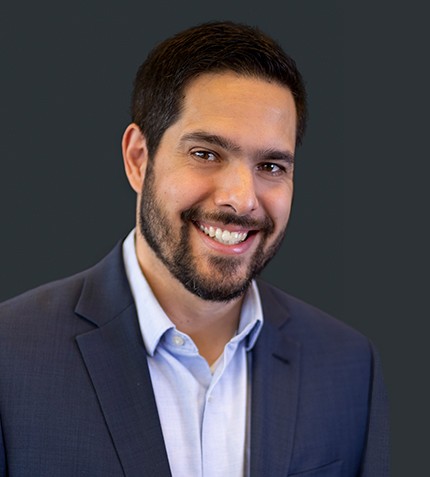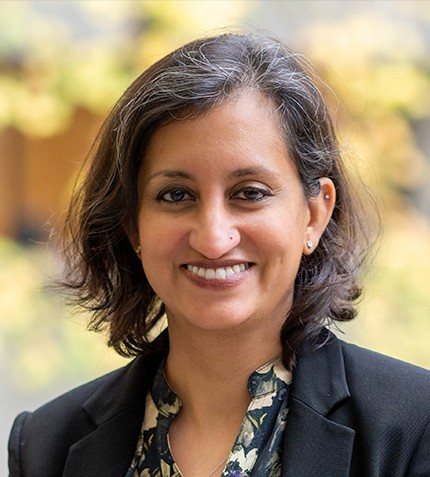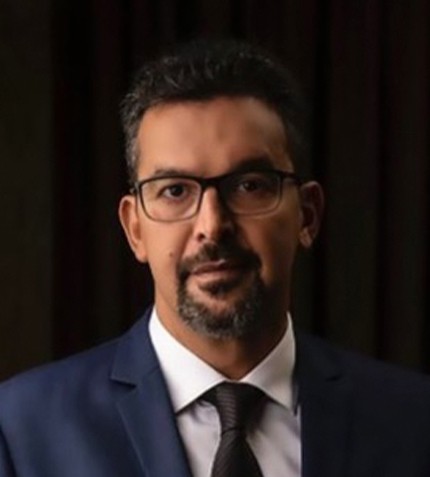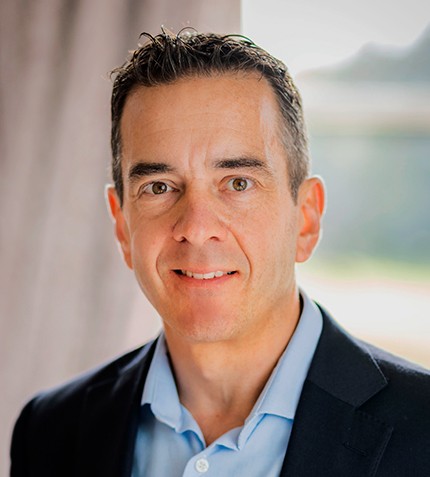
"Our project is high grade with easy access so it is insulated against the fluctuations of the gold price."
Chris Taylor
PRESIDENT AND CEO, GREAT BEAR RESOURCES
What have been some of the major highlights over the last 18 months, including the sale of GBR?
We announced Kinross’ purchase of Great Bear Resources for C$1.8 billion in late 2021, which is certainly the most important milestone for GBR. Prior to this, we completed a drilling program on our LP target of which 4 km is complete, concluding phase one and paving the way for an initial mineral resource disclosure in 2022.
The Dixie project remains GBR’s core asset, where we completed 340,000 m of drilling and Kinross has already slated a 200,000-m drill plan on the LP Fault Zone for this year. We set the wheels in motion to publish the initial resource estimate, resource follow-ups, PEA, and permitting landmarks over the next couple of years. The project has made massive progress, considering that it was discovered only two years ago.
What has been your experience with the permitting process?
In jurisdictions such as Ontario, it is crucial to establish good relationships with First Nation partners and have a clear dialogue. We are operating on traditional territories and are glad to have support for the project. We hope to enter into a mine benefits agreement with our First Nations partners over the long term. After establishing a meaningful and ongoing dialogue with local communities, the environmental survey baseline work is started. Generally, the government is easy to work with and the process is laid out which we follow in accordance with their instructions.
How did your funding strategy and share price contribute to solidifying the Kinross deal?
In early 2021, we raised enough capital to support our exploration activities for two years with around US$65 million, of which US$45 million was to be allocated to the drilling program in 2022. We also expected to produce a resource update and PEA the same year. This not only gave our shareholders the confidence that we would not go fundraising at diluted pricing, but it also solidified our strong balance sheet. Our strategy meant that we always raised money at a higher share price than the previous time, which is why we have had the lowest share count of any company with our market cap, as we have 58 million shares issued and a market cap of over US$ 1 billion.
The market expected a low-cost long-term operating project with a high rate of production and the information we released is in favor of this conclusion. As we drilled deeper into the LP fault, we noticed that the target is larger than anticipated with higher gold recovery. Therefore, those factors coupled with a rapidly moving M&A market resulted in our current share price and eventually, acquisition.
What is your outlook on gold?
Inflationary pressures are mounting so in the long-term it is only natural for metal prices to increase. Due to inflation, our drill costs increased by 15% compared to one to two years ago. Our project is high grade with easy access so it is insulated against the fluctuations of the gold price. Cryptocurrencies also impacted investment in gold particularly from young investors. However, as cryptocurrencies become heavily regulated the large returns on them will decrease and gold will attract more attention as an excellent hedge to inflation.
How are you adopting industry 4.0 processes and innovating to optimize your operations at this stage?
One of the most sophisticated software we rely on is for three-dimensional modeling. We also employ an oriented drill core. Both help us understand and interpret the orientation of gold and other geological units in the deposit. Even though these tools are costly, they save millions of dollars in the long run because drill holes are not repeated as all the information is collected. Geological information is collected daily, and multi-element geochemistry is completed on the rock coupled with the samples’ assessment for gold assays. We usually know that we are going to hit a gold zone before it is drilled so we drill with high levels of accuracy. This quality data and its real-time processing, therefore, saves us time and increases our efficiency.










